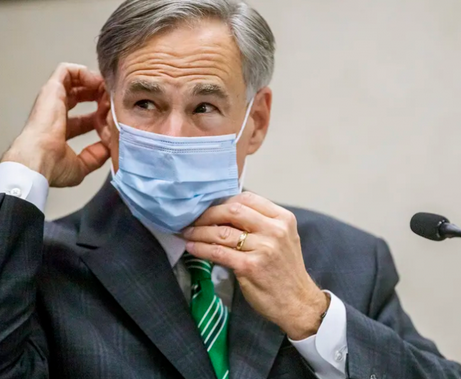Businesses in Burnet and Llano County will be able to expand to 75 percent capacity beginning Monday, Sept. 21, after Texas Gov. Greg Abbott announced easing of some coronavirus restrictions Thursday.
Hospitals in the area also will be able to offer elective procedures once again and nursing homes may be able to reopen Thursday, Sept. 24, for visitations by people the state Health and Human Services Commission deems “essential family caregivers.”
"With the medical advancements we have made and the personal hygiene practices we have adopted, Texans have shown that we can address both the health and safety concerns of COVID-19 while also taking careful, measured steps to restore the livelihoods that Texans depend on," Abbott said. "Achieving both goals requires safe standards that contain COVID-19, emphasize protecting the most vulnerable, and establish clear metrics that the public can depend on. That is why today we have announced expanded occupancy standards for a variety of services.
“But, Texans should remember that a steady and significant decline in COVID-19 cases is not a sign to let up in our vigilance against the virus. Instead, Texans must continue to heed the guidance of medical experts by wearing a mask, social distancing, and practicing proper sanitation strategies. By maintaining health and safety standards that are proven to mitigate COVID-19, we can continue to slow the spread while opening up the Texas economy.”
Among those who will be able to allow 75 percent capacity beginning Monday are restaurants, retail stores, office buildings, manufacturing facilities, gyms and exercise facilities and classes, museums, and libraries.
However, at this time, Abbott said he is not ready to reopen bars which do more than 50 percent of their business through alcohol and liquor sales as he said they are “nationally recognized as COVID-spreading locations.” Abbott did say the state is looking into ways to let bars reopen safely in the meantime.
In addition, Abbott said he has implemented the use of reliable, data driven hospitalization metrics used by doctors and medical experts to help guide the state’s ongoing efforts to contain COVID-19 and expand occupancy for businesses and services.
This metric focuses on hospitalizations. In order to qualify for the increase in occupancy levels as well as the ability to offer elective surgeries, the number of COVID-19 hospitalized patients in a Trauma Service Area (TSA) as a percentage of all hospitalized patients cannot exceed 15 percent. Nineteen of the state's 22 TSAs, including the one containing Burnet and Llano counties, have met that metric
Just three — in Victoria, Laredo and the Lower Rio Grande Valley — will be required to remain at 50 percent capacity until such time as the TSA has seven consecutive days in which the number of COVID-19 hospitalized patients as a percentage of all hospitalized patients is 15 percent or less.
The Governor announced new visitation guidance for eligible nursing homes, assisted living facilities, intermediate care facilities, home and community-based service providers, and inpatient hospice effective Thursday, Sept. 24.
Under the new rules, residents will be allowed to designate up to two “essential family caregivers” who will be provided necessary training to allow them to safely go inside a facility for a scheduled visit, including in the resident’s room, to help ensure their loved one’s physical, social, and emotional needs are being met. Designated caregivers will not be required to maintain physical distancing, but only one caregiver can visit a resident at a time.
A long-term care facility resident (or legal representative) can designate the essential caregiver, who can be a family member, friend, or other individual. Facilities are required to train essential caregivers on the proper use of personal protective equipment (PPE) and other infection control measures. Proper PPE must be used at all times during these scheduled visits, and the caregiver must test negative for COVID-19 within the previous 14 days before the initial visit.
For general visitors who are not a designated essential caregiver, these updated emergency rules will allow approved facilities to schedule outdoor, no-contact visits, open-window visits, or indoor visitation with the use of plexiglass safety barriers to prevent the spread of COVID-19.
Physical contact between residents and general visitors is not permitted. Facilities also must continue to meet all additional visitation requirements outlined in the emergency rules.


